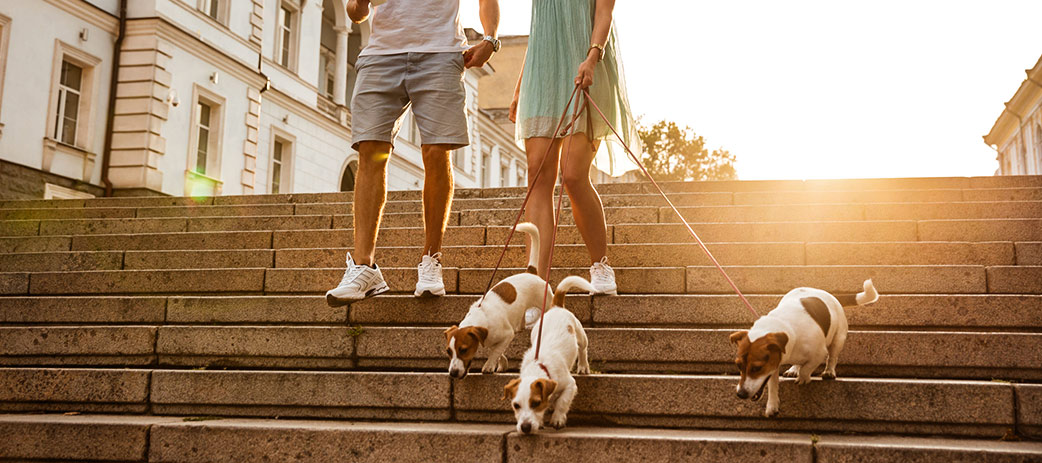During South Africa’s strictest levels of lockdown, there were snaps shared on social of lions taking naps on roads that are usually bustling with tourists, while 15% of the country’s cars went totally unused and rush hour traffic dropped by almost 40% in some cities.
These statistics were replicated all over the world and, in many countries, officials saw these changes as a win.
Walkable cities are defined as “liveable built environments that lead to whole, happy and healthy lives for the people who live in them,” along with reducing traffic and air pollution, while increasing opportunities for exercise and social interaction.
According to American city planner Jeff Speck, the elements that make up a walkable city are as follows:
- A centre: Walkable neighbourhoods have a centre, whether it’s the main street or a public space.
- People: Enough people for businesses to flourish and for public transit to run frequently.
- Mixed-income, mixed-use: Affordable housing located near businesses.
- Parks and public space: Plenty of public places to gather and play.
- Pedestrian design: Buildings are close to the street and parking lots are relegated to the back.
- Schools and workplaces: Close enough that most residents can walk from their homes.
- Complete streets: Streets mostly designed for cyclists, pedestrians, and transit.
How are cities making this permanent?
In San Francisco, USA, the city is pushing a Slow Streets initiative that “creates a safe network for essential walk and bike travel while transit service levels are reduced.” Thus far, 61km2 of the city are mostly car-free zones, giving preference to pedestrians and cyclists. The initiative is currently in its third phase of development, with further phases planned.
In Italy, traffic congestion decreased between 30% and 75% in cities during lockdown and officials want to ensure that air pollution never returns to its pre-lockdown levels. To support this, the region of Lombardy is transforming 35km of streets by adding bicycle lanes and wider pavements for pedestrians.
According to the city councillor for mobility, Marco Granelli, “We worked for years to reduce car use. If everybody drives a car, there is no space for people, there is no space to move, there is no space for commercial activities outside the shops. Of course, we want to reopen the economy, but we think we should do it on a different basis from before. We think we have to reimagine Milan in the new situation.”
Can South Africa replicate this?
South Africa is sadly known for being one of the least walkable countries in the world owing to the high crime rate, lack of infrastructure, and spatial planning. But developers are rushing to create mixed-use precincts that empower residents to live, work, and play in the open-air lifestyle usually only found in Europe and the USA.
Developments like Jewel City (Johannesburg), Melrose Arch (Johannesburg) and the V&A Waterfront (Cape Town) are prime examples of spaces that prioritise safety and security, a variety of amenities, access to central hubs, and ‘smart city’ functions like back-up power supplies.
View this post on Instagram
View this post on Instagram
South Africa’s walkable neighbourhoods
But even outside of these (often prohibitively expensive) precincts, there are still historic neighbourhoods around South Africa that are pedestrian-friendly (although you’ll have to drive or take public transport to reach them):
- Keyes Avenue, Johannesburg
- Parkhurst, Johannesburg
- Rivertown Triangle, Durban
- Station Drive Precinct, Durban
- Richmond Hill, Port Elizabeth
- Green Point, Cape Town
- Observatory, Cape Town
What do you think?
Do you consider your neighbourhood to be walkable? And if you could rely on cycling, walking and public transport instead of driving a car, would you?
Let us know your thoughts on Facebook.



